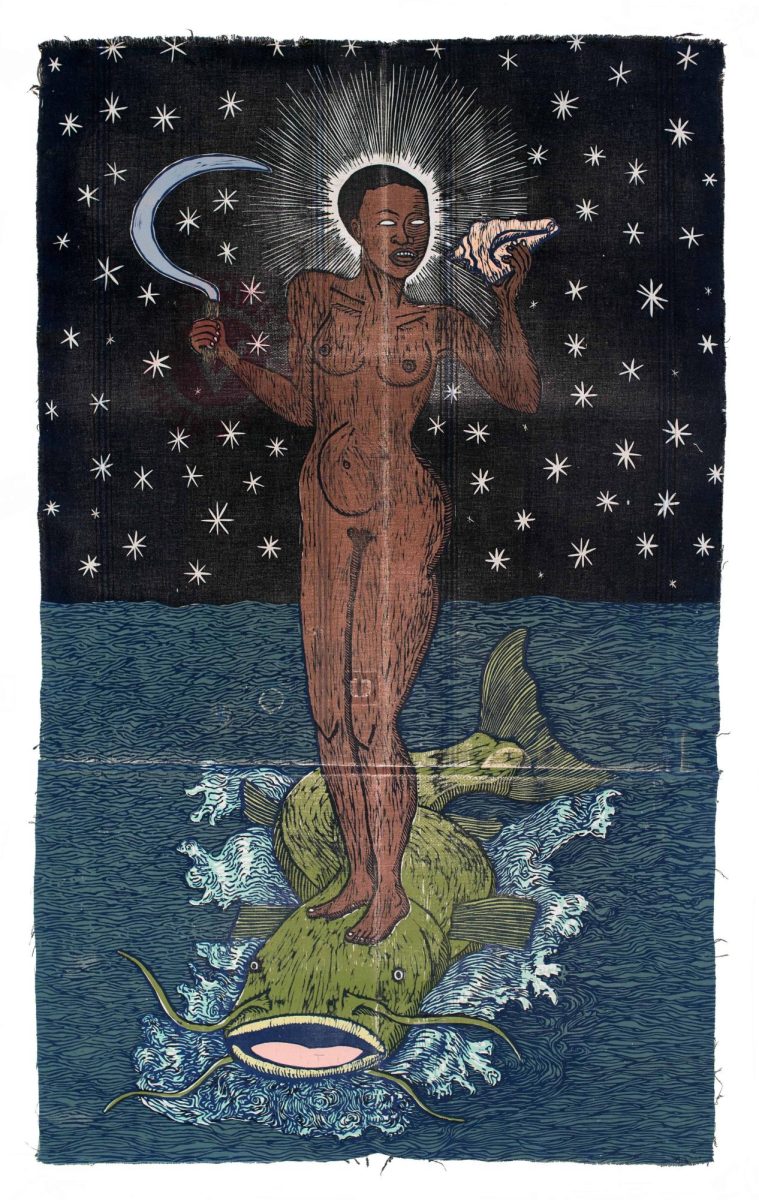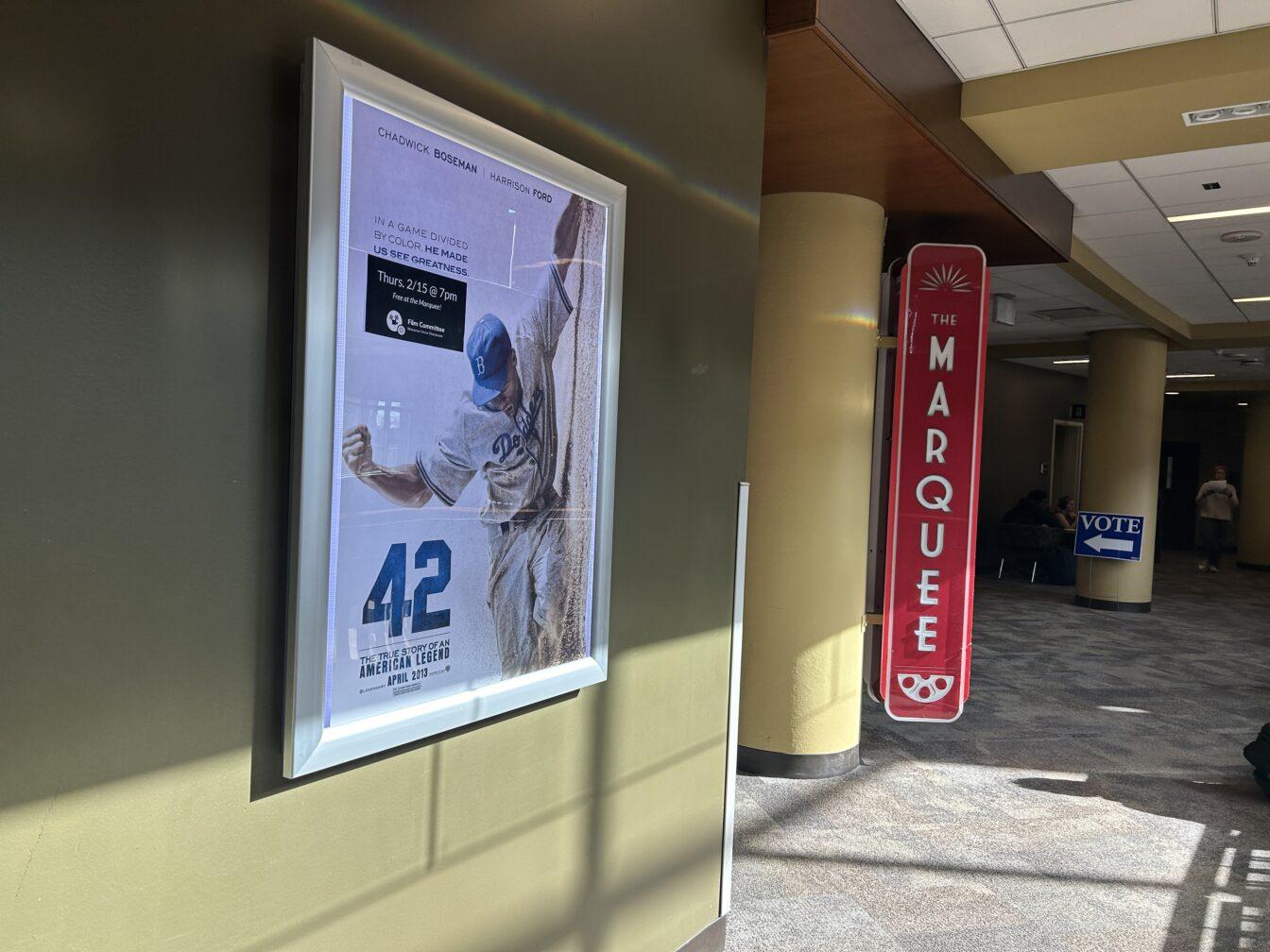Over the past few weeks, there have been multiple screenings of student-made short films in the Madison Area. From the Wisconsin Film Festival to the WUD Student Film Festival, there have been various events intended to promote students’ voices and work.
Attending these festivals, I was looking forward to seeing University of Wisconsin students project their emotions through the medium of short-duration cinema as the art form has historically been utilized. Though I was a little surprised by some of the films — not their content, but their form.
I think perhaps the biggest trend I discovered among the shorts was that they were more “skit” than film. Essentially, the projects had a basic core idea and shaped that into an act with a straightforward message or theme.
What astonished me the most about these films was perhaps the fantastic artistic sensibilities of the productions. There were great visual compositions, great cuts and even great lighting — but none of these effects provoked any emotional response in the viewer, or at least me.
Obviously, there has never been a right way to create cinema. There is no rule book that outlines elements a proper film must contain for it to count as cinema. But, if you look deep into each specific craft of a film, the experts will always talk about emotion.
English cinematographer Roger Deakins constantly mentions that he seeks the emotional provocativeness of a composition, and film editor Walter Murch proclaims that the “right cut” decision is made primarily by the emotional response of the viewer.
For first time in three years, Wisconsin Film Festival returns to in-person showings
This is what was precisely missing from student cinema in Madison. There was emotion in the faces of the actor, but no emotion behind the blocking of scenes or in the transition between shots. It is interesting to question whether this occurrence was from a lack of passion, but the answer to that question is an unhesitant no.
Nearly every student film is irked with passion, so it is likely not the cause for the lack of emotion. My hypothesis: it is perhaps a reflection of the material younger filmmakers are exposed to and, in turn, what they reproduce as cinema.
Maybe there is a divergence that forms in the filmmaker’s mind when they try to distinguish between a feature-length and a short. The latter may be influenced by quick material young people view from the new “Tik Tok format,” in which there is a higher presence of style over storytelling. Or perhaps the lack of emotion in the short can be a representation of the newer generation itself.
WUD film remains its strong and diverse movie choices for Madison community
Whatever the reason is, the cinema of tomorrow will inevitably change. This influence could be limited to the stories and even extend to the storytelling. But be warned — cinema without emotion is perhaps the gravest leap for the medium, possibly ever.




















